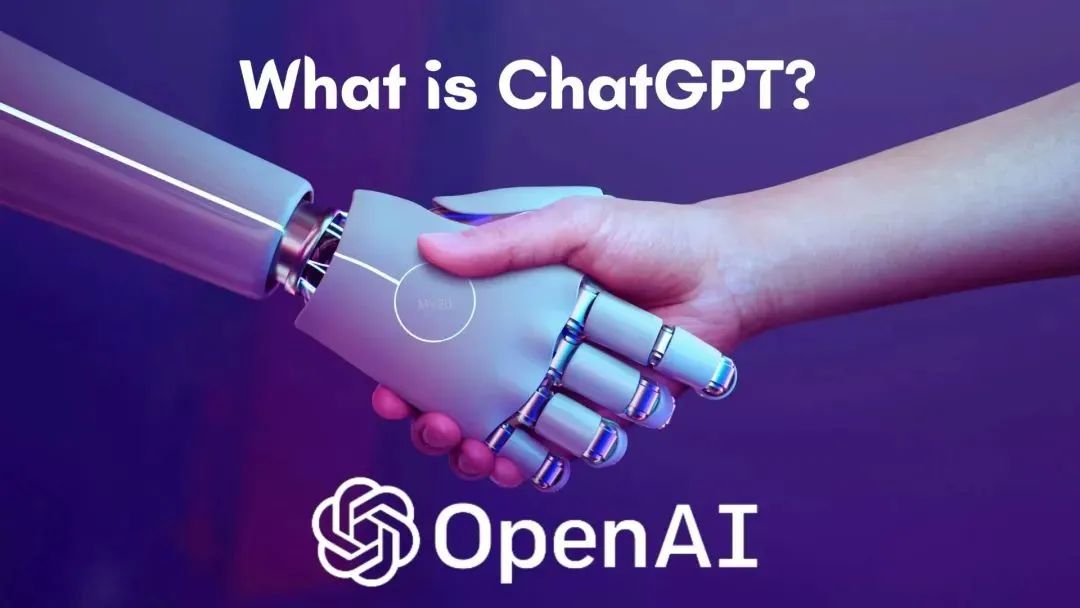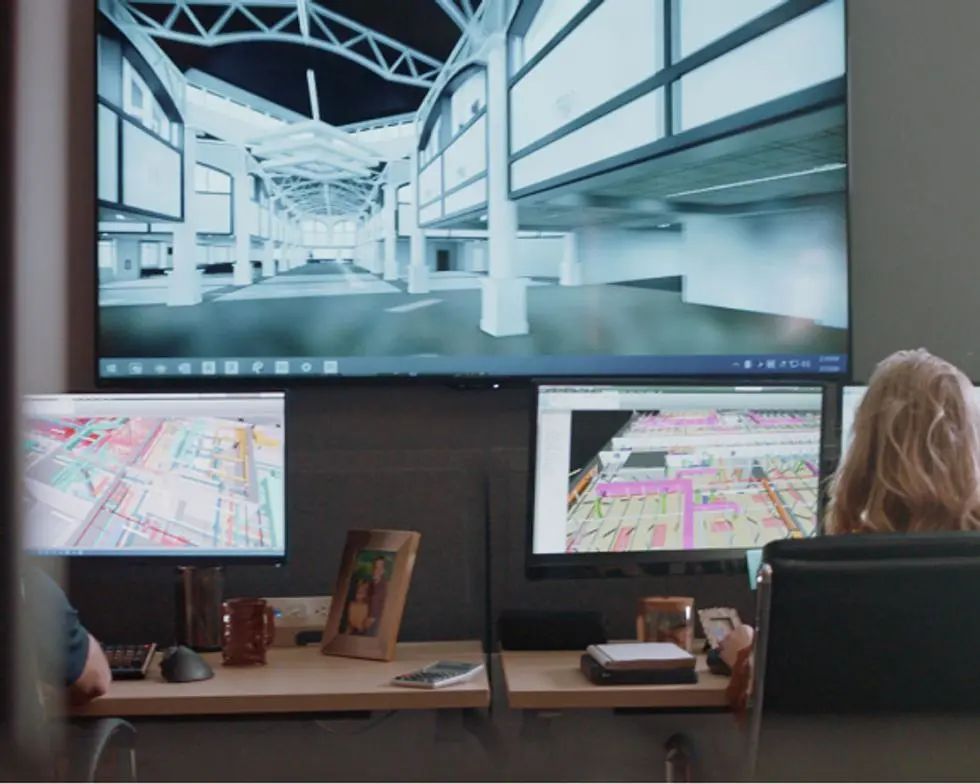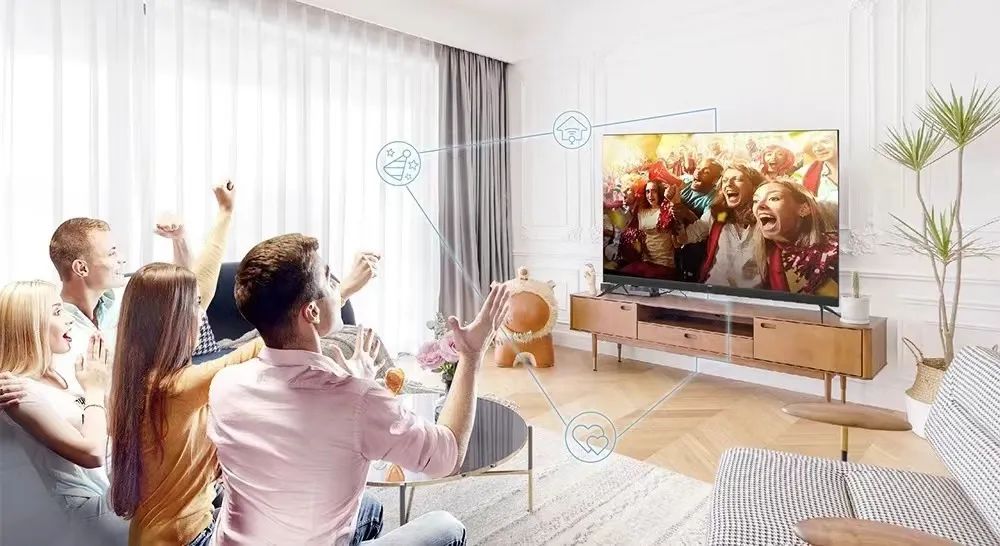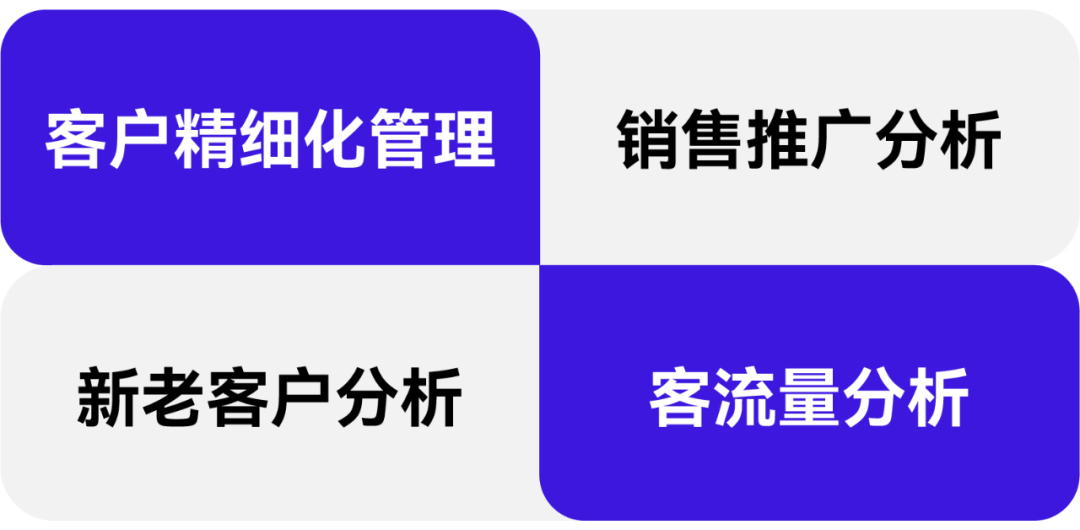At the end of November 2022, AI startup OpenAI launched ChatGPT. User data in early February showed that in just two months of launch, the number of internationally active users in ChatGPT exceeded 0.1 billion.

Although ChaptGPT is a natural language processing tool driven by artificial intelligence technology, it can retrieve data information from cloud databases at an extremely fast speed, and by understanding and learning the language habits of human beings to summarize and answer questions, they can interact according to the context content of the chat, and communicate like normal human beings. Thinking carefully is extremely afraid of being able to write emails, video scripts, code writing, translation, papers and other tasks, together with related software, can also complete 3D modeling, painting, etc.
The seemingly omnipotent ChaptGPT worries many practitioners in the construction and installation industry, because the large-scale application of AI technology is bound to replace some existing positions, but at the same time, the rapid iteration of AI technology also makes practitioners full of expectations. What kind of new era will AI + big home construction start in the future?

As we all know, architectural design is an intelligence-intensive industry, with creative links accounting for about 30%, highly dependent on human resources, and human costs accounting for 70%-90% of the total business costs. In the three links of bidding scheme design, preliminary design and deepening design (issuing construction drawings) in regular, designers spend about 73 percent of their time dealing with repetitive mechanization work, the remaining 27 percent is the coordination, communication and creation, and the creative work mainly focuses on the front-end scheme design part.

To sum up, which positions are at risk of being replaced by AI in the future?
Traditional design website
Traditional rendering company
Designers whose aesthetic ability is not good enough
......

At present, the application of AI technology has begun to change the method and process of architectural design. In the traditional design process, the design method for reference in the early stage may be eliminated. Through continuous training, AI can search intelligently on the whole network and provide more accurate and diverse design schemes according to the architect's description.
After the emergence of the latest generation of intelligent AI, text, expression and rendering do not need to spend a lot of time on designers. Compared with before, future designers will test how to make design choices more. Therefore the aesthetic ability of designers will become the core competitiveness of personal workplace. For construction designers, striving to improve their design aesthetics and actively understanding the use of new AI technologies to improve work efficiency and achievements are the top measures.
For example, AI is used to deepen the design of sketches, improve quality and efficiency, and shorten the design cycle;
Use AI analysis capabilities to complete repetitive work such as design specifications to reduce unnecessary time costs;
The intelligent algorithm of AI is used to intelligently arrange water and electricity lines, stairs and floor tiles, which is efficient and convenient.

Thanks to the improvement of people's disposable income and the pursuit of comfortable family life, our country is currently in the full outbreak period of smart home, and people pay more attention to the improvement of family happiness and experience, the smart home market is gradually opening up, and the market development prospect is very broad.
However, the domestic smart home market is still facing a series of problems that need to be solved urgently. In fact, many smart homes are still limited to smart products and have not yet formed a more intelligent ecosystem. In the future, the long-term development of the whole house's intelligent ecology should not stop here, but needs to be combined intelligent products, smart home ecosystem, and personalized smart home solutions, and with the help of scenario development and algorithm update iteration to provide truly intelligent home solutions, realizing the full integration of intelligent single products, operating system interconnection and data algorithms.

At present, the entrance and control of smart home mainly depend on center console screen and speakers. In the future, with the continuous maturity of AI technology, smart home scenarios will gradually become imperceptible, its interaction form will also change from the current imperative interaction to understanding interaction, smart home products can meet the requirements of active understanding and active intelligence, the level of interaction with users has reached a new level. At that time, we will welcome a home full of real sense of technology and future.


For offline stores, how to obtain customers and stay customers is the biggest service difficulty, and AI technology can highly control data, and can use face recognition, image processing, passenger flow management technology, provide data collection services, data management services and data operation services for stores.
Through continuous scenario-based training, AI smart store system will be able to combine the face recognition solution of mainstream cloud services in the market in the future to realize VIP customer identification, customer flow analysis and management functions.
In addition, the AI system has powerful data collection capabilities, which can accurately analyze customers entering the store, including gender and age, help stores fully grasp user portraits, and fine-grained management of potential customers, provide customers with more accurate and high-quality store services.


Every technological innovation promotes the rapid development of the Human Age and brings new opportunities at the same time. Over the years, the exhibition industry has been actively seeking changes and building the digital construction of exhibition.
So this time,
How will the great breakthrough of AI technology empower the exhibition industry?
Booth design, product design, graphic visual design, offline advertising space design..., Every step of exhibition industry is closely related to design. AI's powerful painting and rendering technologies can greatly save the time and cost of designers. For example, traditional booth design often has heavy workload, but if you use AI painting to operate, you only need to input the initial needs of the user to draw a rendering map of the booth effect, which is accurate and fast.
In addition, online exhibition services will also benefit greatly from the progress of AI technology. The future, the online exhibition will make full use of cloud AI technology, big data, cloud computing, etc., expand offline physical exhibitions to online more quickly and accurately, integrate digital operation capabilities, expand offline exhibition service cycles, and create a more intelligent closed loop of exhibition services.

China Construction Expo (Shanghai) actively promote the digital construction of exhibition industry and lay out online exhibition business units in advance. In 2024, the exhibition will adopt multiple platforms such as SMS marketing, email marketing, TikTok, and mini programs. Universal coverage, multi-thread collaboration will promote brand promotion, brand investment promotion, and audience invitation with a new digital model, broaden exposure channels. Deeply excavate and utilize 100000 + databases at home and abroad to accurately radiate target groups and improve the efficiency and quality of exhibition services.
In the future, AI + China construction expo =? The answer is given to the time.












